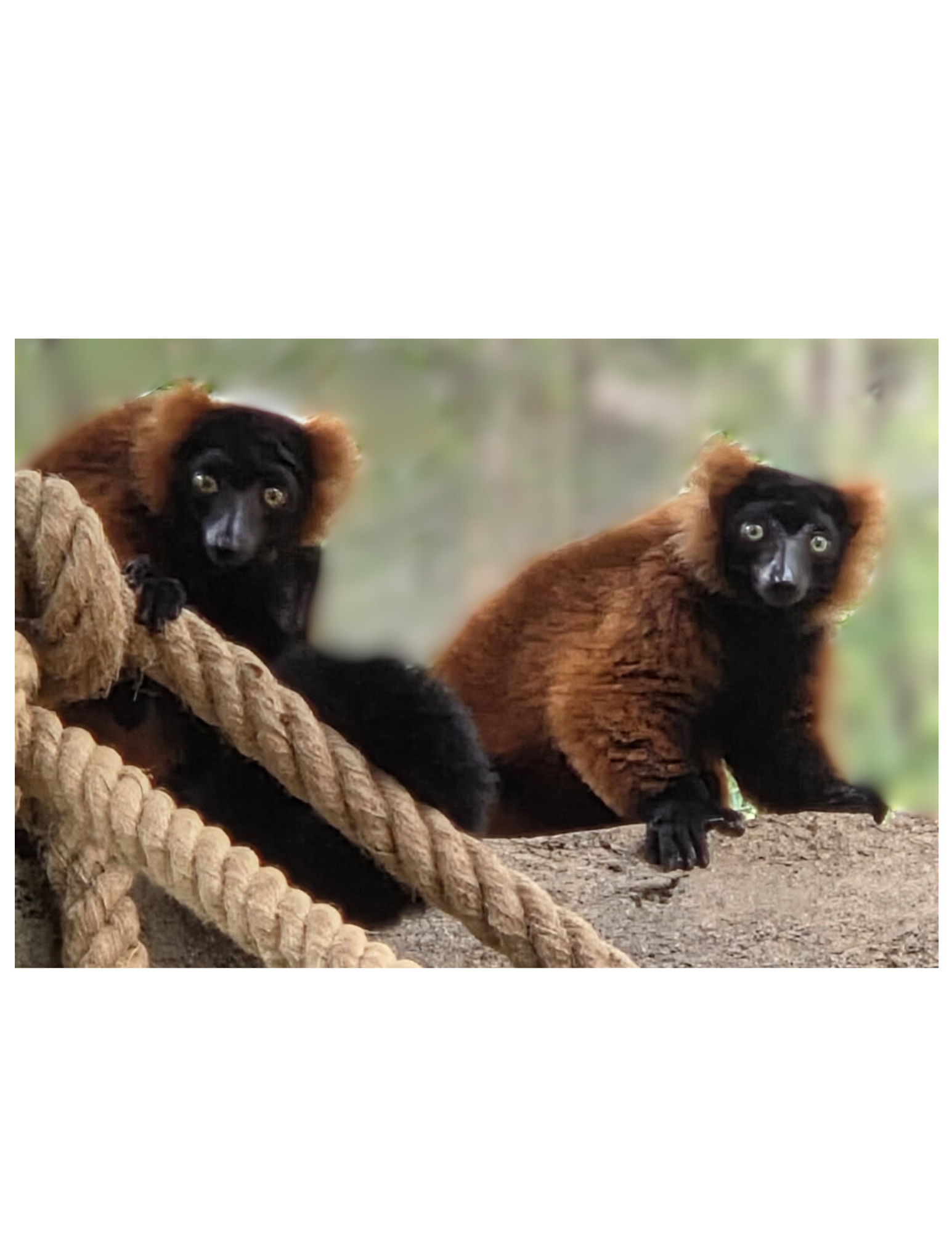
Vietnamese Pot-Bellied Pig


Eats
Vietnamese Pot-bellied pigs are omnivores, meaning they eat both meat and vegetables. You can find them dining on leaves, stems, roots, fruit, flowers, insects, eggs, amphibians, and small reptiles.
Lives
These pigs are native to Vietnam, but have ranged across Eurasia for more than 40,000 years. They were brought over to the US for meat and their breed can be traced back to a breed from the Red River Delta in Vietnam. They are often found snuffling around in open woodland areas with nearby water and dense vegetation for shelter.
Behavior
These pigs are known to be much calmer than most farm pigs, as they are herd animals and highly enjoy socializing with other animals and people. They oftentimes live in groups called sounders with 6-20 sows, or female pigs, and their young. Mother pigs will sing to their young so they can recognize her voice and come to her when called. Boars, or male pigs, are more solitary in nature and have tusks that are used to intimidate other males during mating.
Description
The Vietnamese Pot-bellied Pig is naturally plain black but comes in various colors due to breeding, including shades of brown and spotted varieties. Known for their large bellies and short legs, they have a distinctive round "pot-bellied" appearance. These pigs are often smaller than typical farm pigs, making them a popular choice for those with limited space.
Did you Know?
Pot-bellied pigs are the smallest recognized breed of pig. "Teacup" pigs are either not fully grown, malnourished, or inbred, to keep them small.
How can I Help?







_inPixio.png)
















.jpg)






.png)





